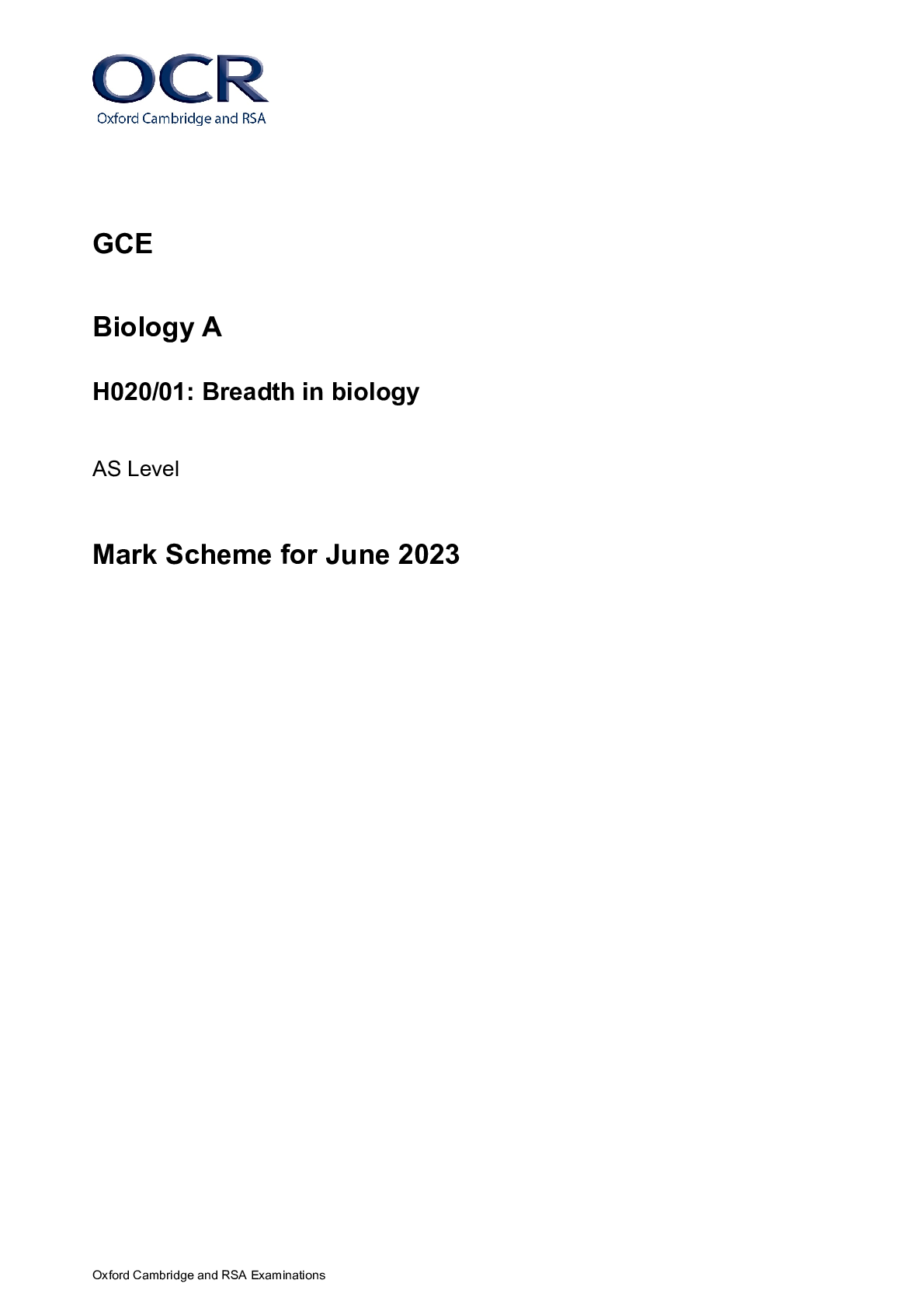Mark Scheme (Results) Summer 2022 Pearson Edexcel GCSE In Mathematics (1MA1) Higher (Non-Calculator) Paper 1H Edexcel and BTEC Qualifications
Document Content and Description Below
Mark Scheme (Results)
Summer 2022
Pearson Edexcel GCSE
In Mathematics (1MA1)
Higher (Non-Calculator) Paper 1H
Edexcel and BTEC Qualifications
Edexcel and BTEC qualifications are awarded by Pears
...
on, the UK’s largest awarding body. We
provide a wide range of qualifications including academic, vocational, occupational and specific
programmes for employers. For further information visit our qualifications websites at
www.edexcel.com or www.btec.co.uk. Alternatively, you can get in touch with us using the
details on our contact us page at www.edexcel.com/contactus.
Pearson: helping people progress, everywhere
Pearson aspires to be the world’s leading learning company. Our aim is to help everyone
progress in their lives through education. We believe in every kind of learning, for all kinds of
people, wherever they are in the world. We’ve been involved in education for over 150 years,
and by working across 70 countries, in 100 languages, we have built an international reputation
for our commitment to high standards and raising achievement through innovation in
education. Find out more about how we can help you and your students at:
www.pearson.com/uk
Summer 2022
Question Paper Log Number P66305A
Publications Code 1MA1_1H_2206_MS
All the material in this publication is copyright
© Pearson Education Ltd 2022
General marking guidance
These notes offer general guidance, but the specific notes for examiners appertaining to individual questions take precedence.
1 All candidates must receive the same treatment. Examiners must mark the last candidate in exactly the same way as they mark the first.
Where some judgement is required, mark schemes will provide the principles by which marks will be awarded; exemplification/indicative
content will not be exhaustive. When examiners are in doubt regarding the application of the mark scheme to a candidate’s response,
the response should be sent to review.
2 All the marks on the mark scheme are designed to be awarded; mark schemes should be applied positively. Examiners should also be
prepared to award zero marks if the candidate’s response is not worthy of credit according to the mark scheme. If there is a wrong
answer (or no answer) indicated on the answer line always check the working in the body of the script (and on any diagrams), and award
any marks appropriate from the mark scheme.
Questions where working is not required: In general, the correct answer should be given full marks.
Questions that specifically require working: In general, candidates who do not show working on this type of question will get no
marks – full details will be given in the mark scheme for each individual question.
3 Crossed out work
This should be marked unless the candidate has replaced it with
an alternative response.
4 Choice of method
If there is a choice of methods shown, mark the method that leads to the answer given on the answer line.
If no answer appears on the answer line, mark both methods then award the lower number of marks.
5 Incorrect method
If it is clear from the working that the “correct” answer has been obtained from incorrect working, award 0 marks. Send the response to
review for your Team Leader to check.
6 Follow through marks
Follow through marks which involve a single stage calculation can be awarded without working as you can check the answer, but if
ambiguous do not award.
Follow through marks which involve more than one stage of calculation can only be awarded on sight of the relevant working, even if it
appears obvious that there is only one way you could get the answer given.
7 Ignoring subsequent work
It is appropriate to ignore subsequent work when the additional work does not change the answer in a way that is inappropriate for the
question or its context. (eg an incorrectly cancelled fraction when the unsimplified fraction would gain full marks).
It is not appropriate to ignore subsequent work when the additional work essentially makes the answer incorrect (eg. incorrect algebraic
simplification).
8 Probability
Probability answers must be given as a fraction, percentage or decimal. If a candidate gives a decimal equivalent to a probability, this
should be written to at least 2 decimal places (unless tenths).
Incorrect notation should lose the accuracy marks, but be awarded any implied method marks.
If a probability fraction is given then cancelled incorrectly, ignore the incorrectly cancelled answer.
9 Linear equations
Unless indicated otherwise in the mark scheme, full marks can be gained if the solution alone is given on the answer line, or otherwise
unambiguously identified in working (without contradiction elsewhere). Where the correct solution only is shown substituted, but not
identified as the solution, the accuracy mark is lost but any method marks can be awarded (embedded answers).
10 Range of answers
Unless otherwise stated, when an answer is given as a range (eg 3.5 – 4.2) then this is inclusive of the end points (eg 3.5, 4.2) and all
numbers within the range
11 Number in brackets after a calculation
Where there is a number in brackets after a calculation eg 2 × 6 (=12) then the mark can be awarded either for the correct method,
implied by the calculation or for the correct answer to the calculation.
12 Use of inverted commas
Some numbers in the mark scheme will appear inside inverted commas eg “12” × 50 ; the number in inverted commas cannot be any
number – it must come from a correct method or process but the candidate may make an arithmetic error in their working.
13 Word in square brackets
Where a word is used in square brackets eg [area] × 1.5 : the value used for [area] does not have to come from a correct method or
process but is the value that the candidate believes is the area. If there are any constraints on the value that can be used, details will
be given in the mark scheme.
14 Misread
If a candidate misreads a number from the question. eg uses 252 instead of 255; method or process marks may be awarded provided
the question has not been simplified. Examiners should send any instance of a suspected misread to review.
Guidance on the use of abbreviations within this mark scheme
M method mark awarded for a correct method or partial method
P process mark awarded for a correct process as part of a problem solving question
A accuracy mark (awarded after a correct method or process; if no method or process
is seen then full marks for the question are implied but see individual mark schemes
for more details)
C communication mark awarded for a fully correct statement(s)
with no contradiction or ambiguity
B unconditional accuracy mark (no method needed)
oe or equivalent
cao correct answer only
ft follow through (when appropriate as per mark scheme)
sc special case
dep dependent (on a previous mark)
indep independent
awrt answer which rounds to
isw ignore subsequent working
Paper: 1MA1/1H
Question Answer Mark Mark scheme Additional guidance
1 x < 5 M1 for adding 27 to both sides or dividing throughout by 7 (in an inequality
or an equation) as a first step
or showing 5 as the critical value Can be written as x = 5
A1 cao
2 2 × 2 × 31 M1 for a complete method to find prime factors; could be shown on a
complete factor tree with no more than one error or by division by prime
factors with no more than one error
or for 2, 2, 31, (1)
Condone the inclusion of 1 for this mark
A1 for 2 × 2 × 31 oe Accept 22 × 31
Paper: 1MA1/1H
Question Answer Mark Mark scheme Additional guidance
3 30 P1
for 160 ÷ (3+7) (= 16) or
3
3 7 +
(=
3
10
)
P1
for “16” × 3 (= 48) or “
3
10
” × 160 (= 48)
P1 for a correct step using 48
eg “48” ÷ 8 (= 6) or “48” × 25 ÷ 100 (= 12)
or (indep) for combining
1
8
and 25%,
eg
1
8
+
1
4
(=
3
8
) or “0.125” + “0.25” (= 0.375)
or “12.5”(%) + 25(%) (= 37.5(%))
P1 for a complete process to find the number of petrol cars,
eg “48” – “6” – “12” oe or (1 ̶ “
3
8
”) × “48” oe
or “
3
10
” × (1 ̶ “
3
8
”) × 160 oe
A1 cao
SC B2 for an answer of 100 if P0 scored
Award no marks for a correct answer with no
supportive working
4 (a) 0.00163 B1 cao
(b) 4.38 × 105 B1 cao
(c)
1
2.4 10−
M1 for
3 5 4 6 10 −
or 0.24 oe eg 24 × 10−2 or
2.4 10n
where n ≠ ̶1
A1 cao
Paper: 1MA1/1H
Question Answer Mark Mark scheme Additional guidance
5 132 M1 for finding an exterior angle eg 360 ÷ 6 (= 60) or 360 ÷ 5 (= 72)
or an interior angle eg 180 × 4 ÷ 6 (= 120) or 180 × 3 ÷ 5 (= 108)
Angles may be shown on the diagram.
Only award this mark for an angle that is not
contradicted
M1 for a complete method
eg 360 ̶ “120” ̶ “108” or “60” + ”72”
A1 cao Answer only award no marks
6 (a) 5,(1),(-1),-1,1,5 B2 for all 4 values correct
(B1 for 2 or 3 correct values)
(b) Graph drawn B2 for a fully correct graph Accept a freehand curve drawn that is not
made of line segments
(B1 ft (dep on B1 in (a)) for plotting at least 5 of the points from their table
correctly)
Ignore anything drawn outside the required
range
(c) 0.3 to 0.5
and
2.5 to 2.7
M1 for a correct method, eg marking intercepts with x-axis
or one correct solution
or both solutions given as a coordinates,
eg (0.4, 2.6) or (0.4, 0) and (2.6, 0)
ft their graph for this mark
Accept these coordinates reversed
A1 for answers in the range 0.3 to 0.5 and 2.5 to 2.7 or ft their graph with at
least 2 solutions
7 3 : 2 P1 for a process to find either volume eg 33
(= 27) or 43
(= 64)
P1 for showing density A = 81 ÷ “27” (= 3)
or density B = 128 ÷ “64” (= 2)
A1 for 3 : 2 oe Ignore units quoted
Paper: 1MA1/1H
Question Answer Mark Mark scheme Additional guidance
8 19 M1 for a method to find 5 products within intervals (including end points) Min fx Max fx
0 80
100 200
140 210
60 80
120 150
M1 for Ʃ“fx” ÷ (8 + 10 + 7 + 2 + 3)
or (5×8 + 15×10 + 25×7 + 35×2 + 45×3) ÷ (8 + 10 + 7 + 2 + 3)
or (“40” + “150” + “175” + “70” + “135”) ÷ “30”
or “570” ÷ “30”
Ʃ“fx” must come from 5 products fx within
intervals (including end points)
A1 cao
9 278 P1 for working out at least 3 areas from
5 × 7 (= 35)
5 × 6 (= 30)
7 × 6 (= 42)
4 × 4 (= 16)
P1 for a complete process,
eg “35”× 2 + “30”× 2 + “42” + (“42” – “16”) + “16” × 5 oe
or “35”× 2 + “30”× 2 + “42” × 2 + “16” × 4
OR
for a process to find the total surface area of at least 5 faces for each
solid,
eg “35”× 2 + “30”× 2 + “42” and “16”× 6
or “35”× 2 + “30”× 2 + “42”× 2 and “16”× 5
Total surface area of cuboid = 214
Total surface area of cube = 96
A1 cao
Paper: 1MA1/1H
Question Answer Mark Mark scheme Additional guidance
10 (a) 10, 25, 50, 80,
85,100
B1 cao
(b) Graph drawn M1 for 5 or 6 of their points plotted correctly from a cf table with no more
than one error
If histograms drawn, plots must be identified.
A1 for a fully correct graph
SC B1 for 5 or 6 cf values plotted at correct heights not at end but
consistently within each interval and joined provided no gradient is
negative
Accept a smooth curve or line segments.
Ignore to the left of the first point and right of
the last point.
(c) 35 to 39 B1 for answer in the range 35 to 39 or ft their graph (if possible)
(d) 85 to 93 M1 for finding the difference between readings taken from the profit axis at
points from a cf of 25 and a cf of 75 ft their graph (if possible)
A1 for answer in the range 85 to 93 or ft their graph (if possible) If answer is in the range award the marks
unless from obvious incorrect working
11 8 P1 for a start to the process,
eg
9 + 4 + x
9
or (
7
3
=)
21
9
or states that the total number of sweets is 21
P1 for forming a correct equation without fractions,
eg 9 × 7 = 3(9 + 4 + x) or 21 = 9 + 4 + x
OR for 21 – 9 – 4 oe or 1 –
9
21
–
4
21
(=
8
21
)
A1 cao
Paper: 1MA1/1H
Question Answer Mark Mark scheme Additional guidance
12
990
116
M1 for (x =) 0.11717... or (10x =)
1.17
or 1.1717...
or (100x =)
11.71
or 11.7171... or (1000x =)
117.17
or 117.1717...
M1 (dep M1) for a method using two recurring decimals that leads to a
terminating decimal difference, using correct multiples of x
eg (1000x – 10x =)
117.17 – 1.17
(= 116)
or 117.1717... – 1.1717... (= 116)
Accept
(100x – x =)
11.71– 0.117
or 11.7171... – 0.11717... (= 11.6)
A1 for
990
116
oe, eg
58
495
11.6
99
must be written in the form
a
[Show More]
Last updated: 2 years ago
Preview 1 out of 26 pages
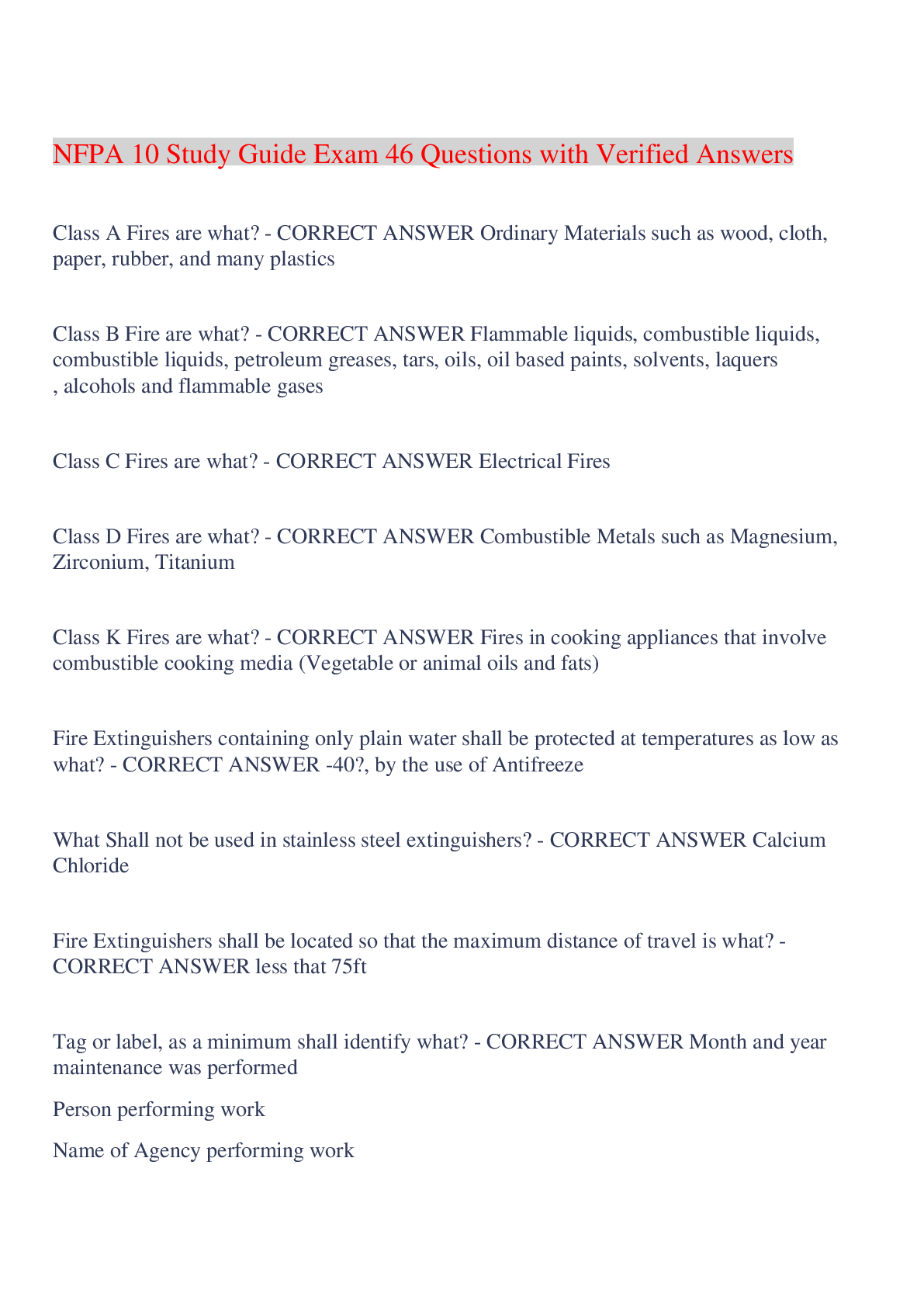
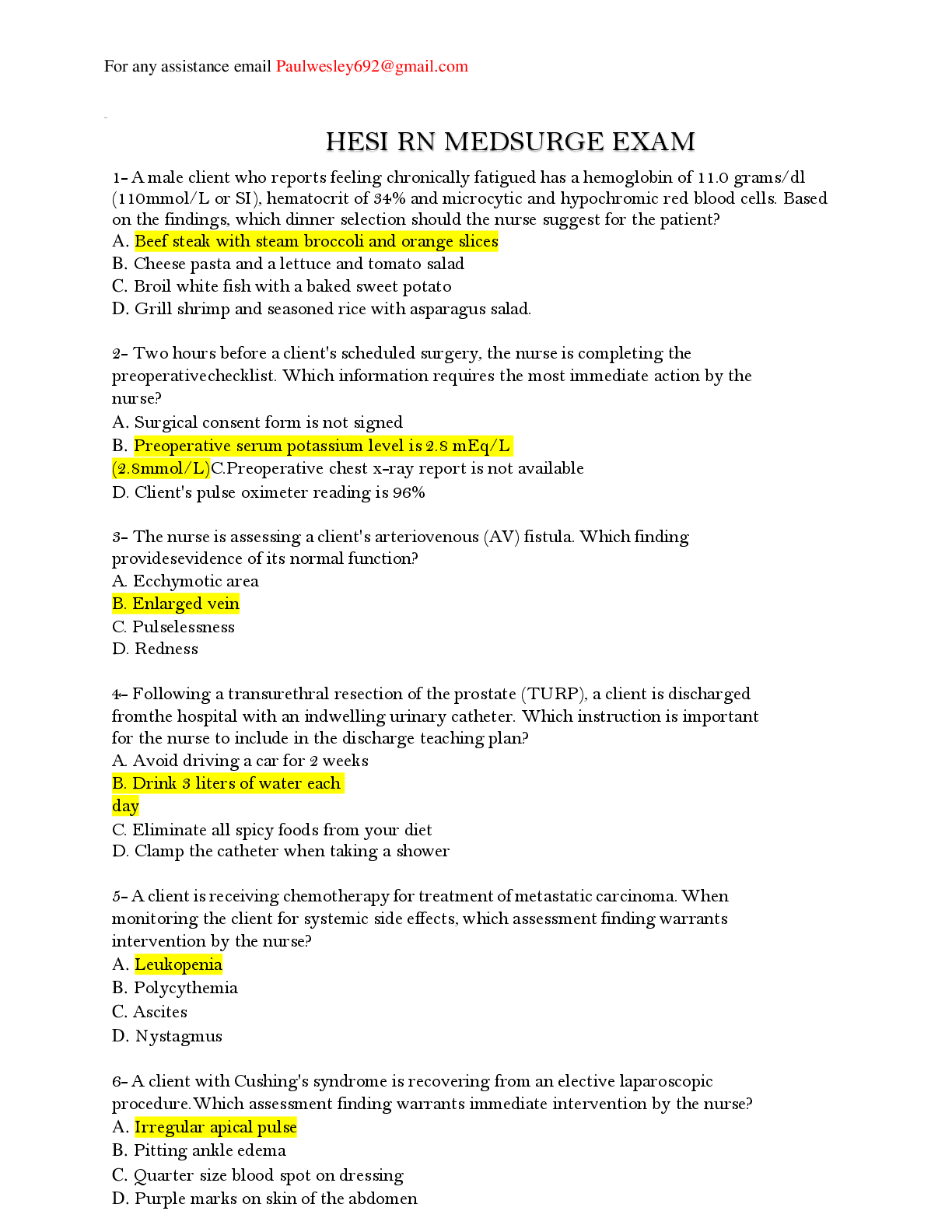
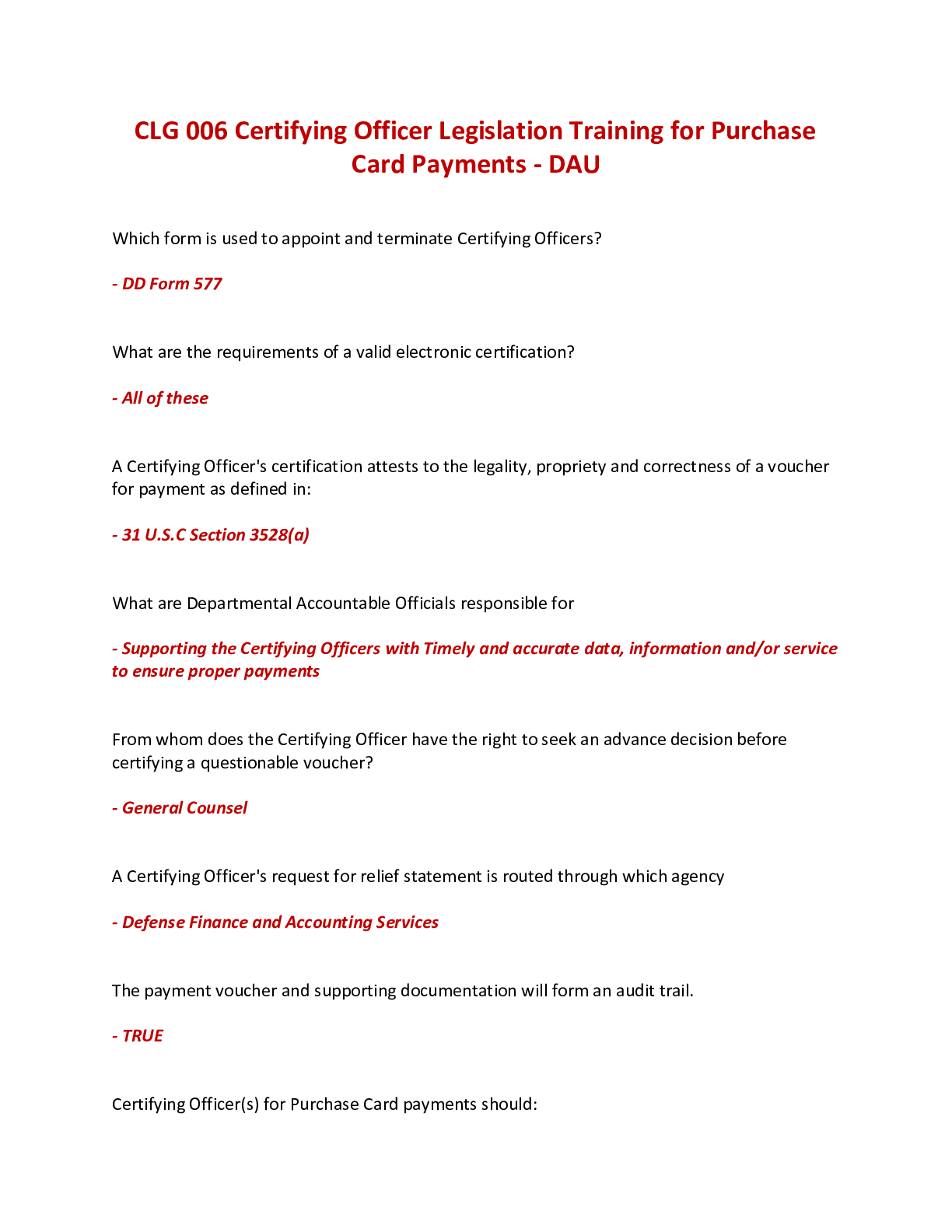


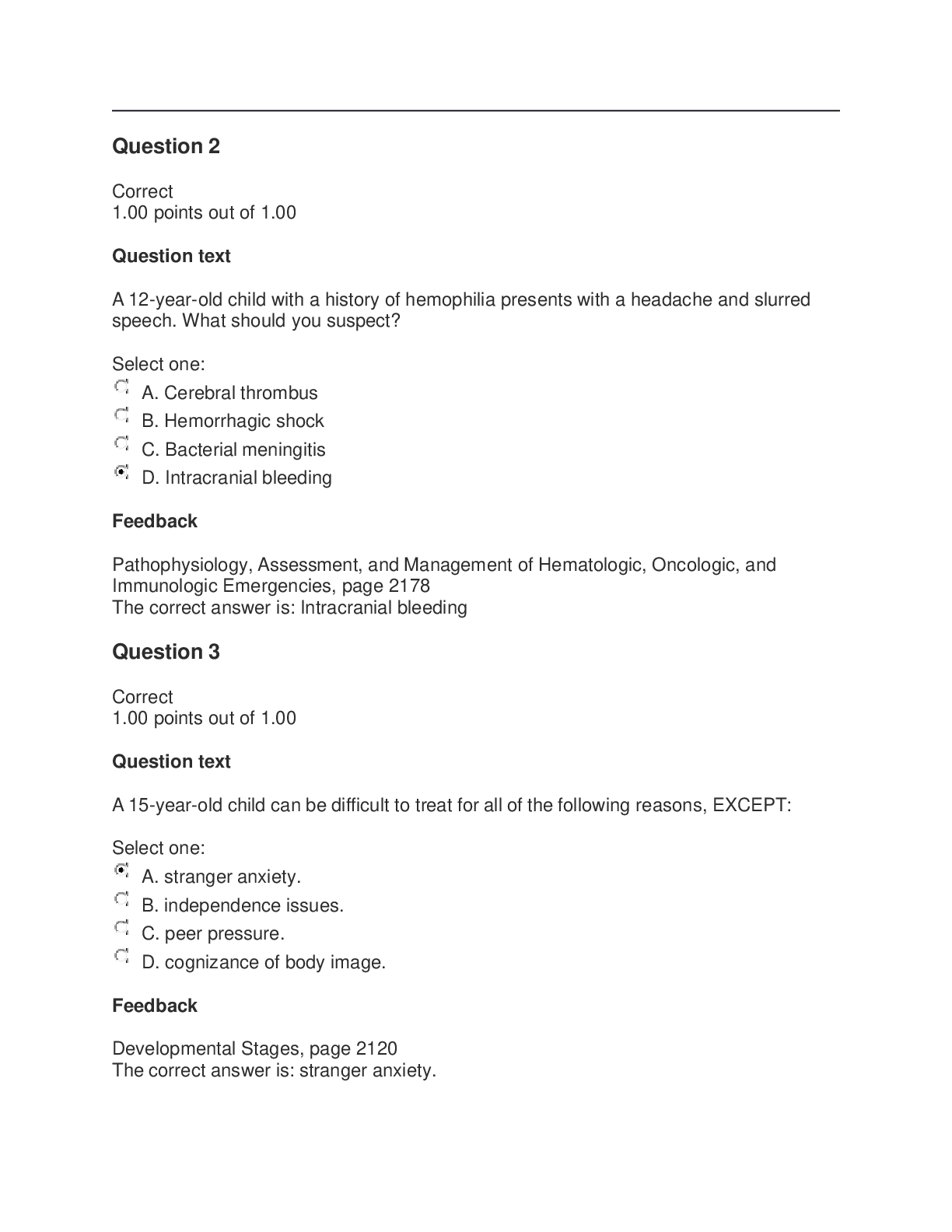
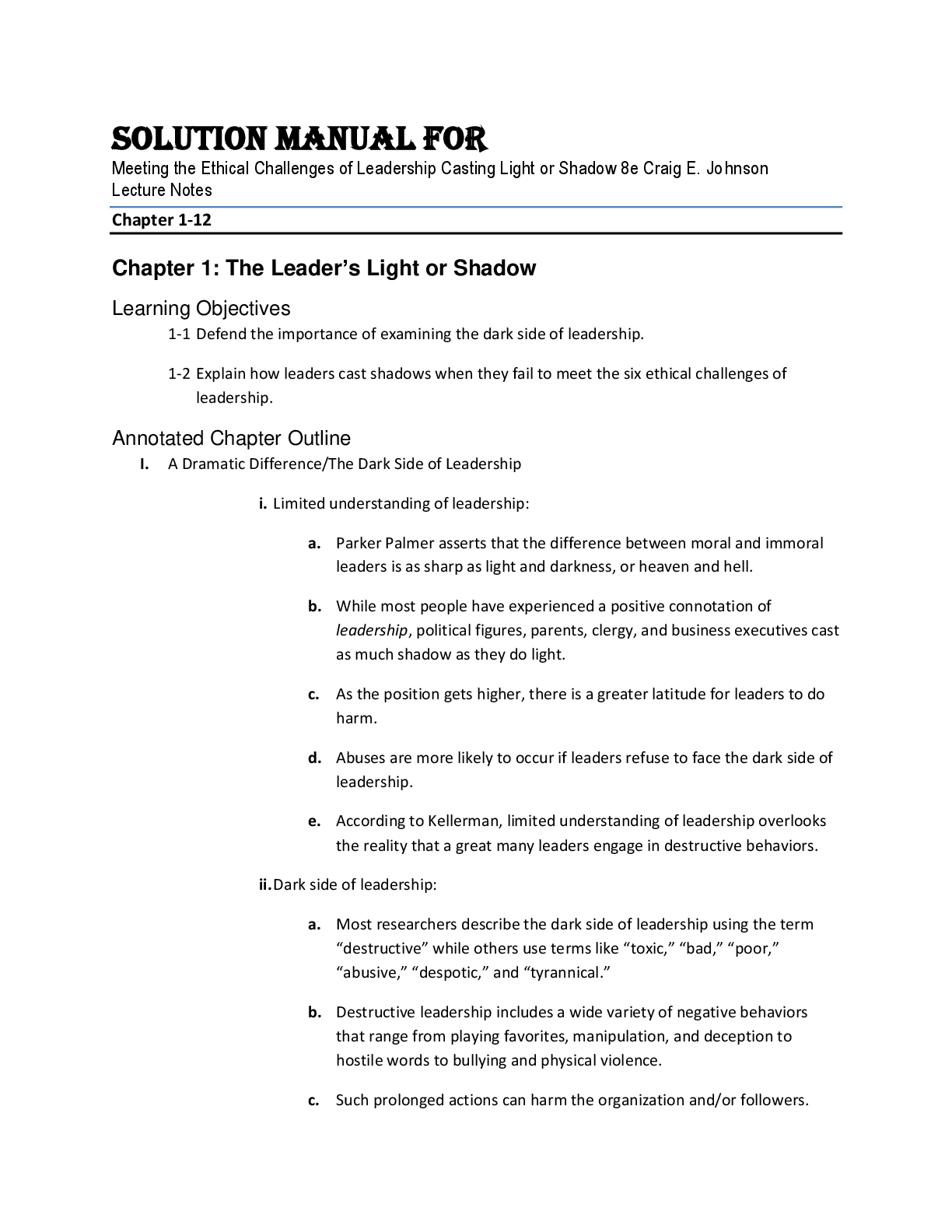
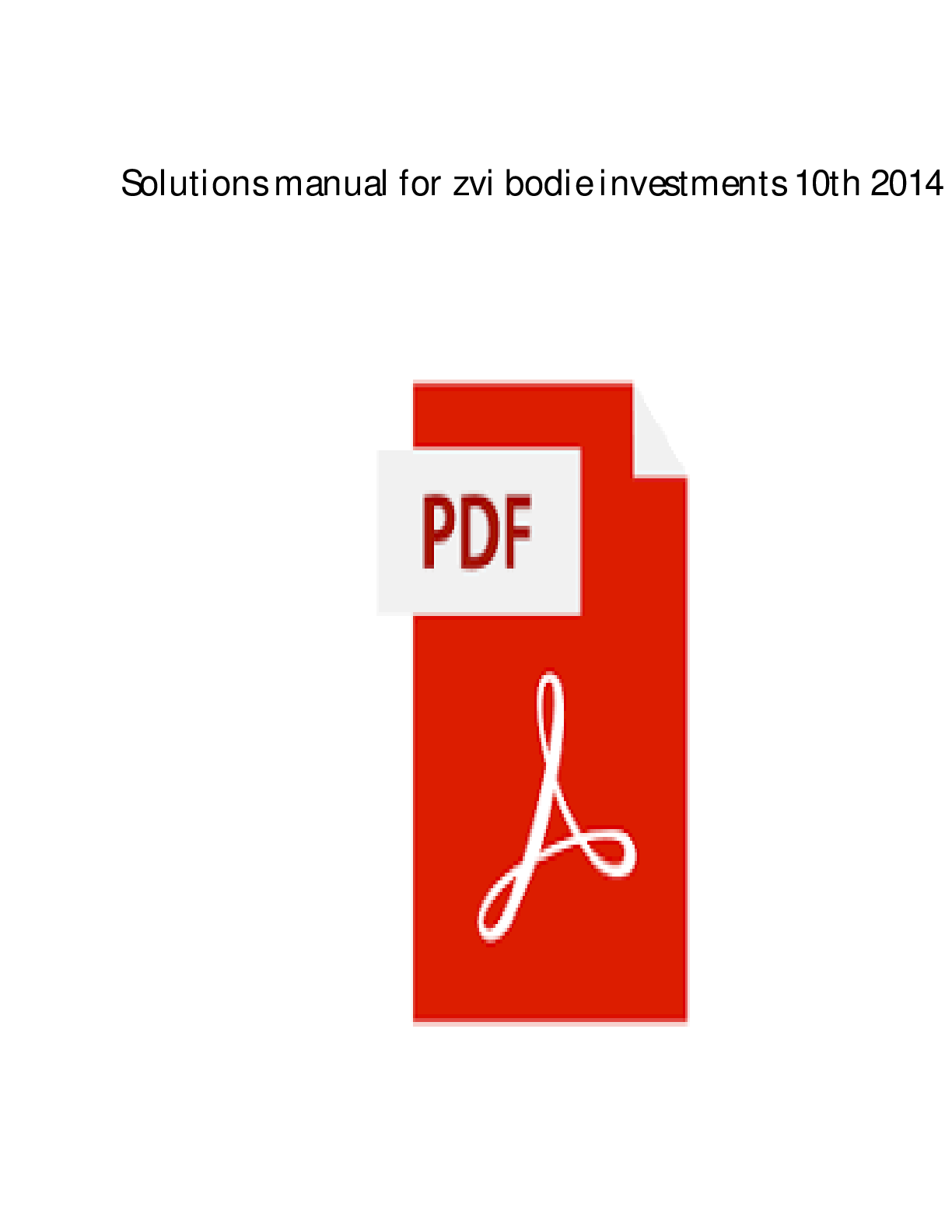
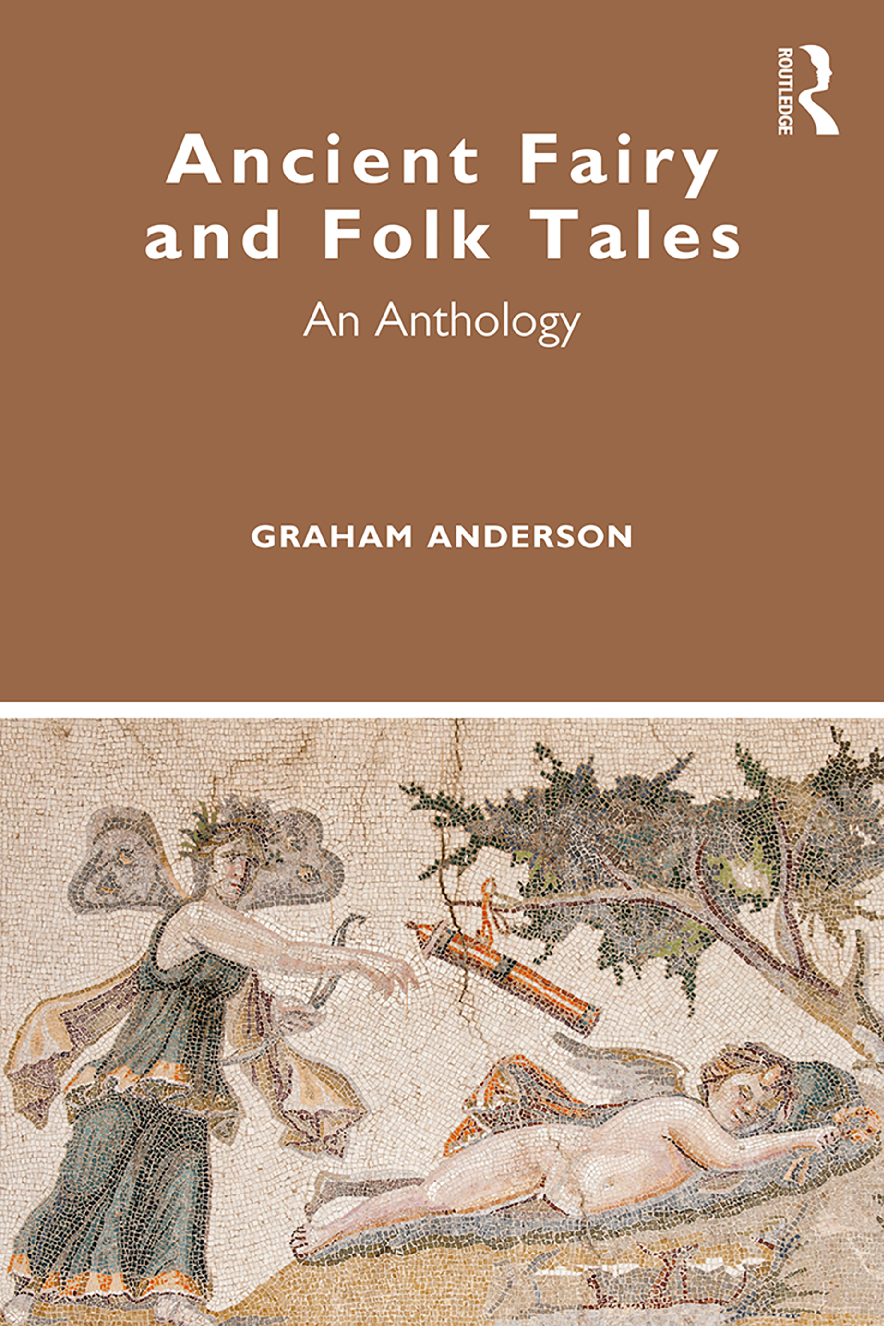


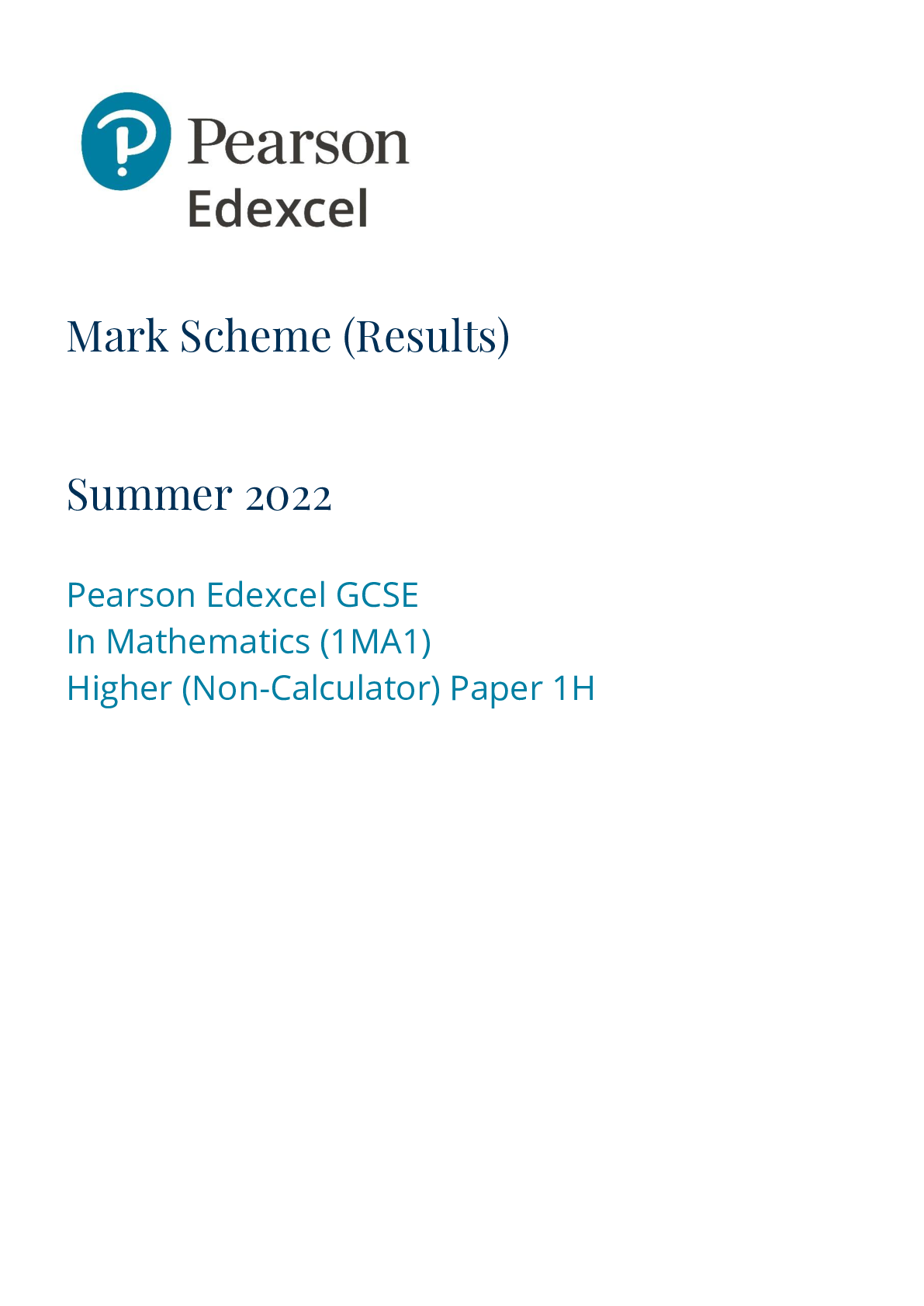

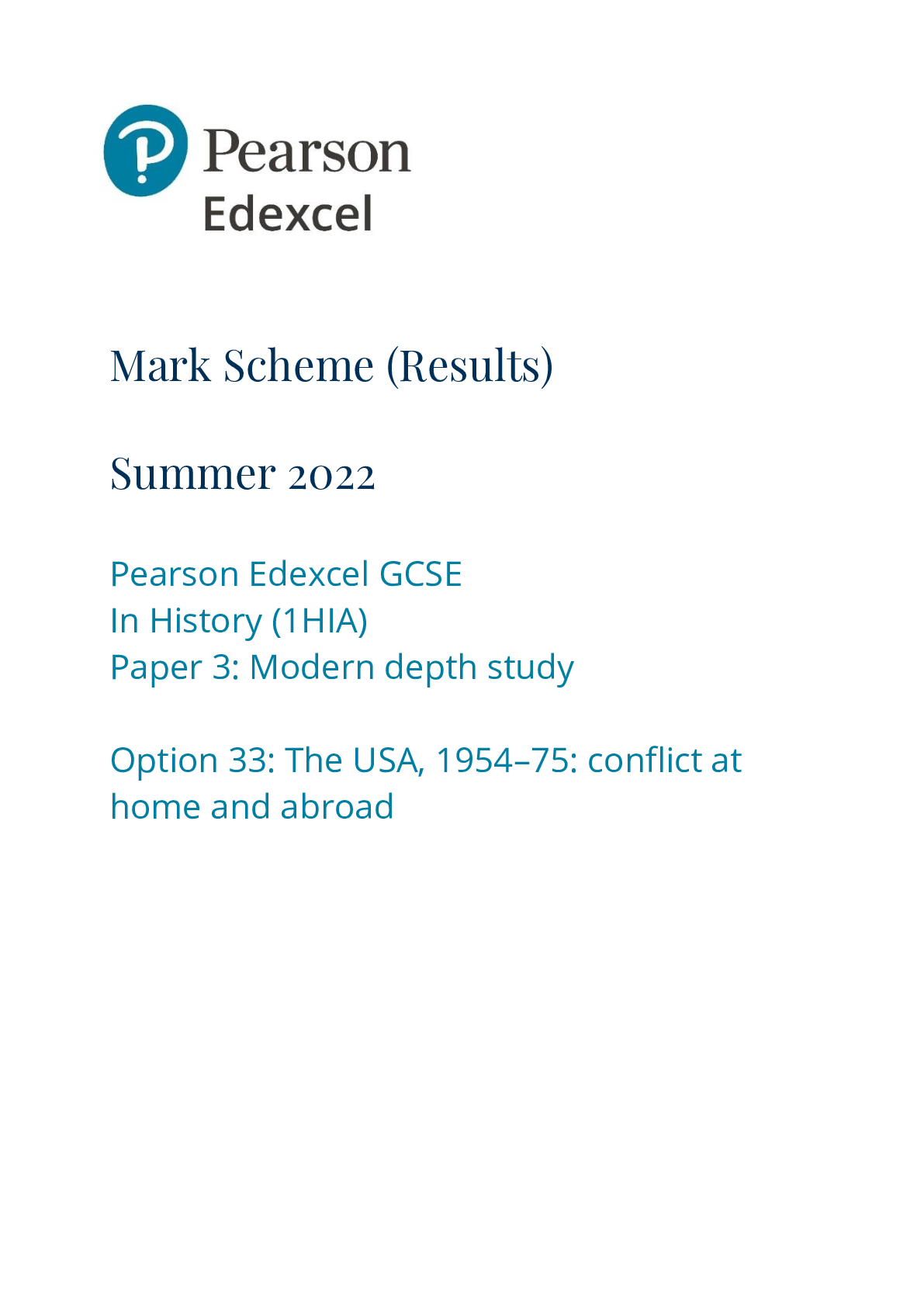
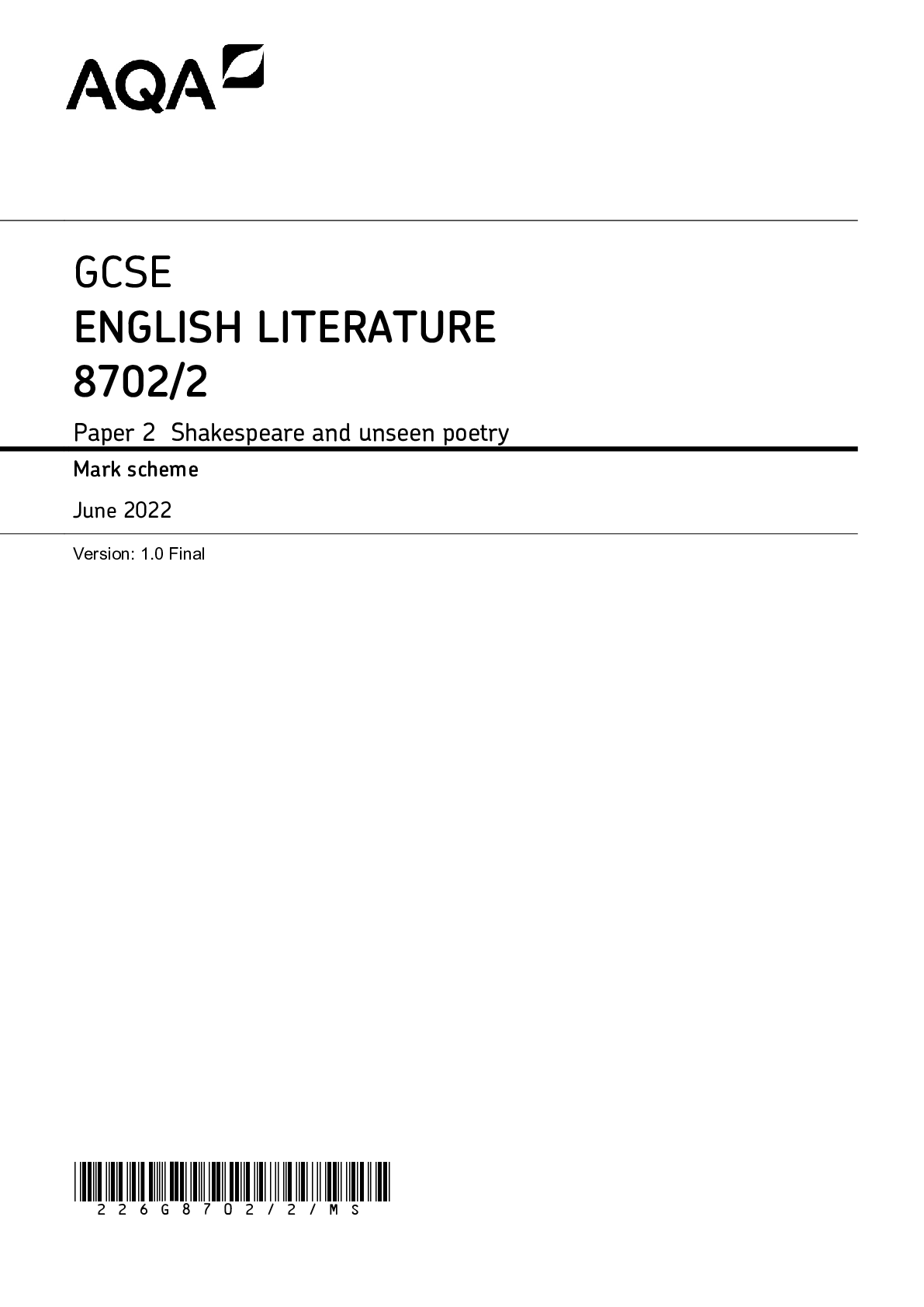
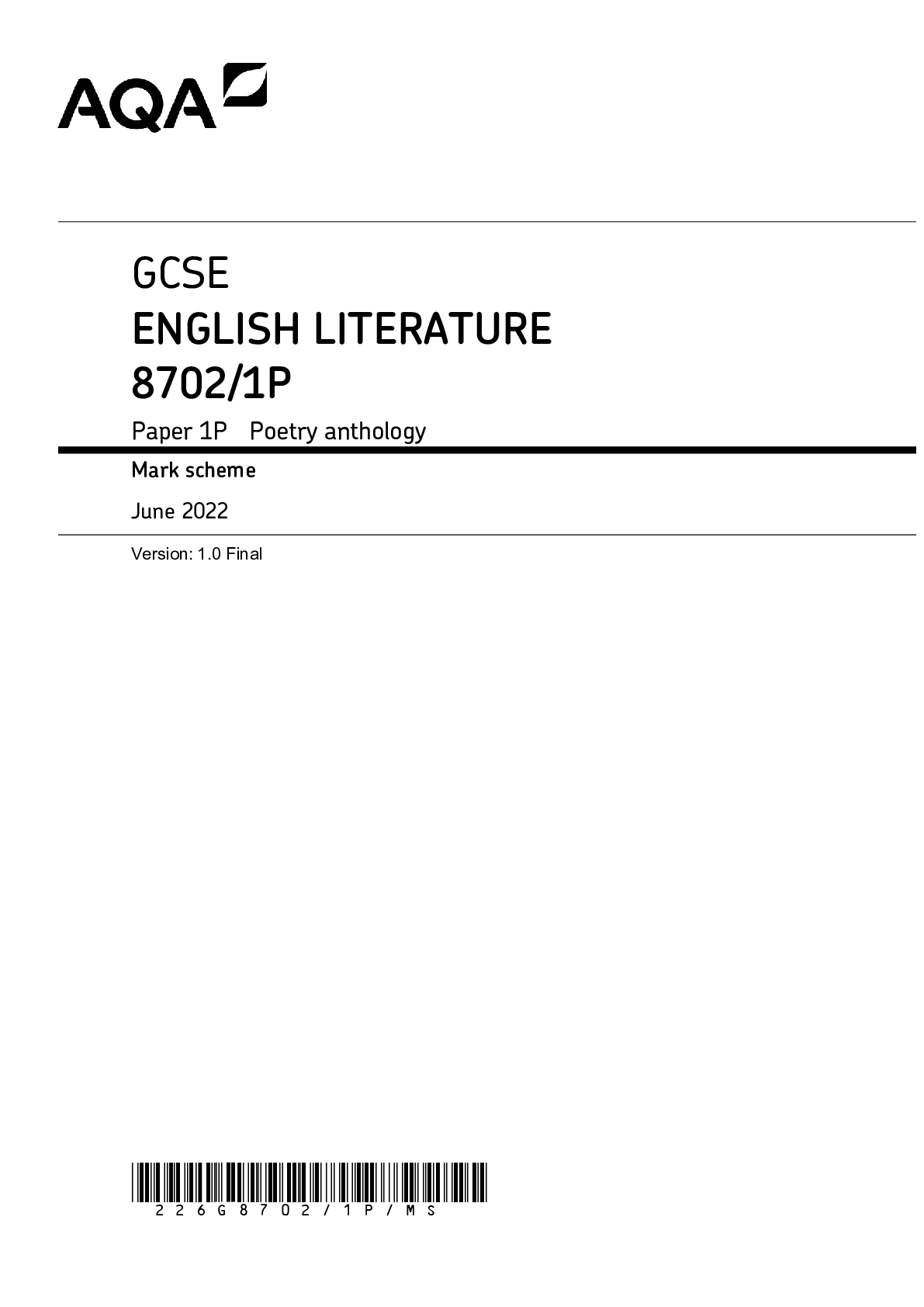

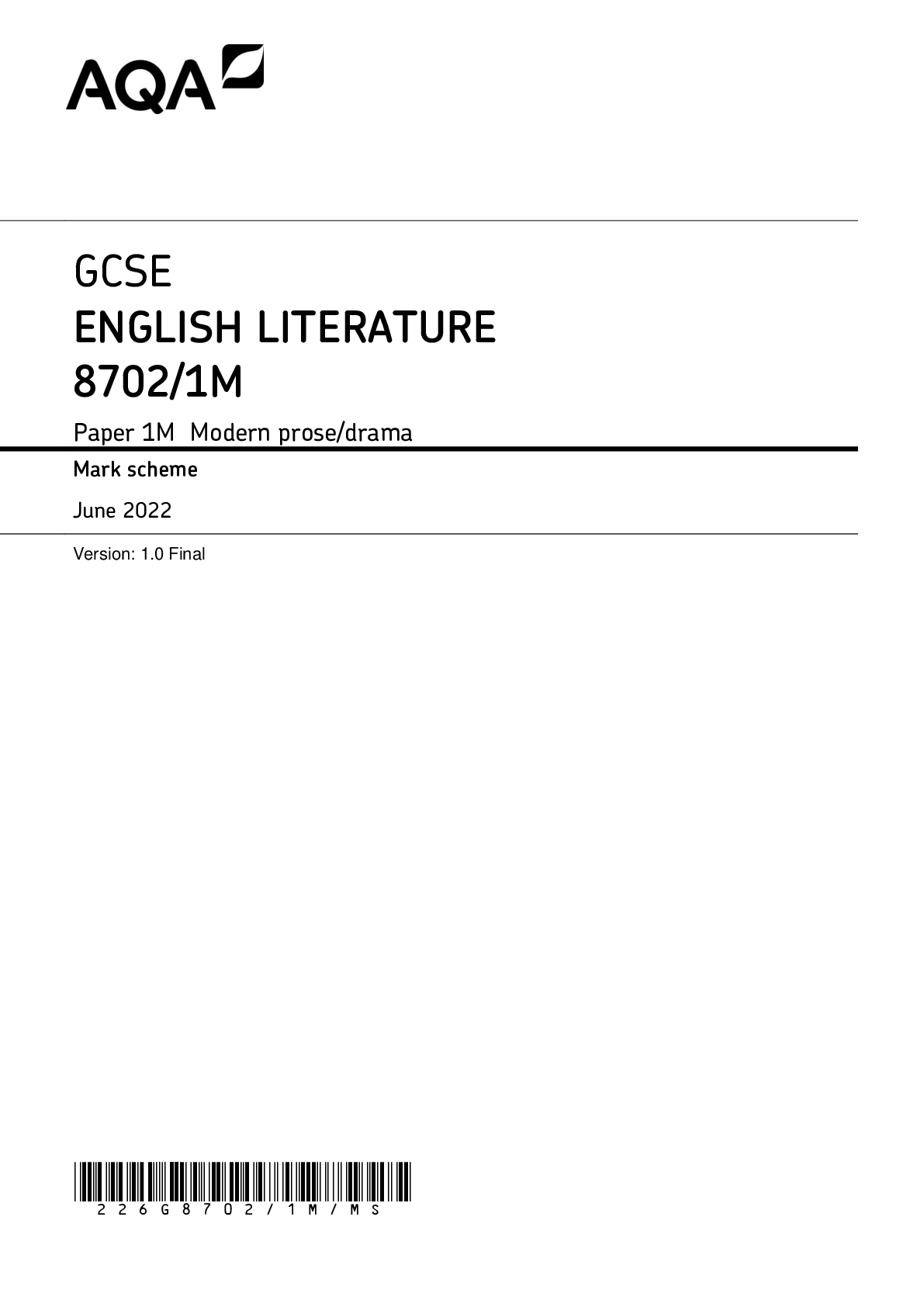
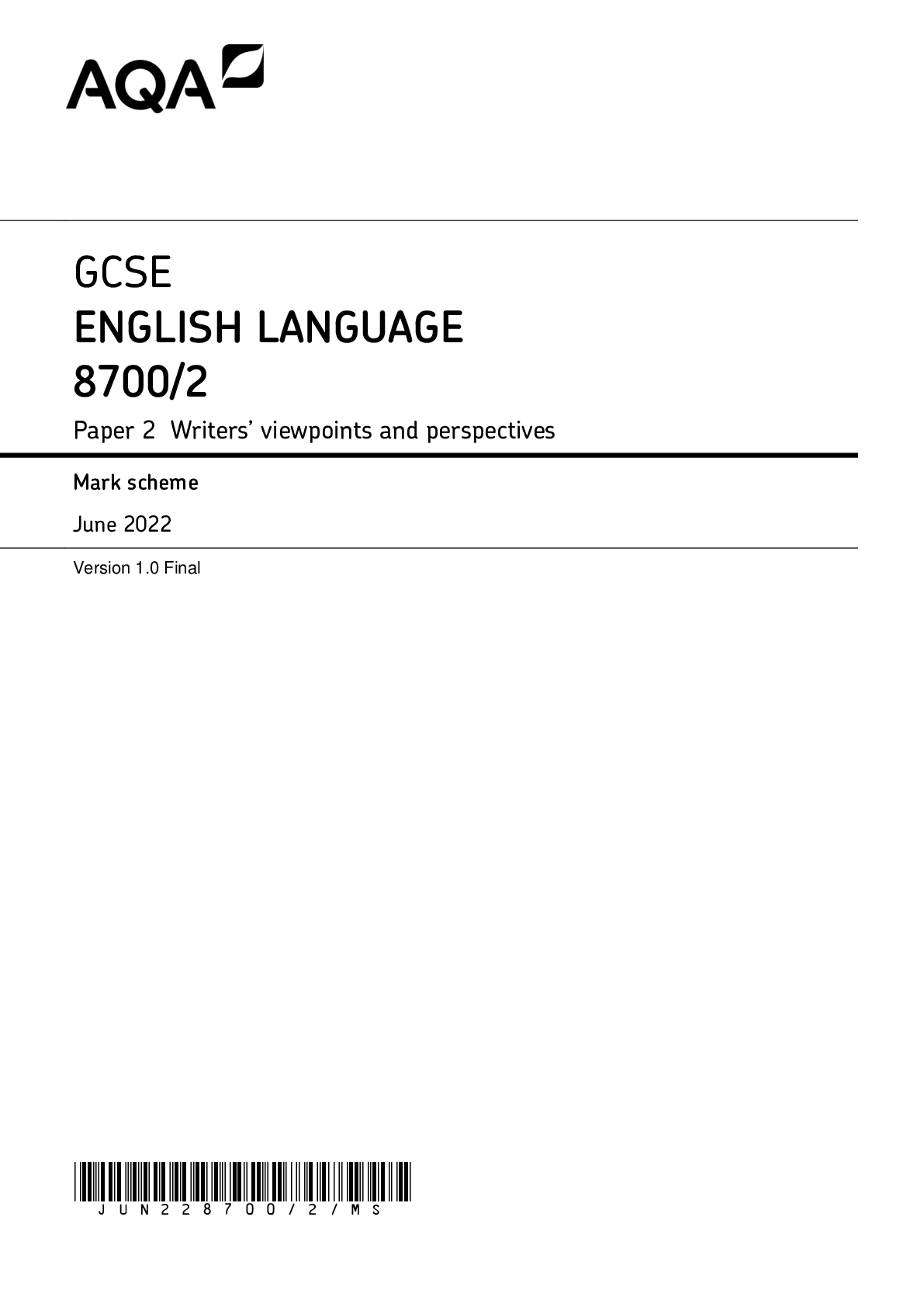
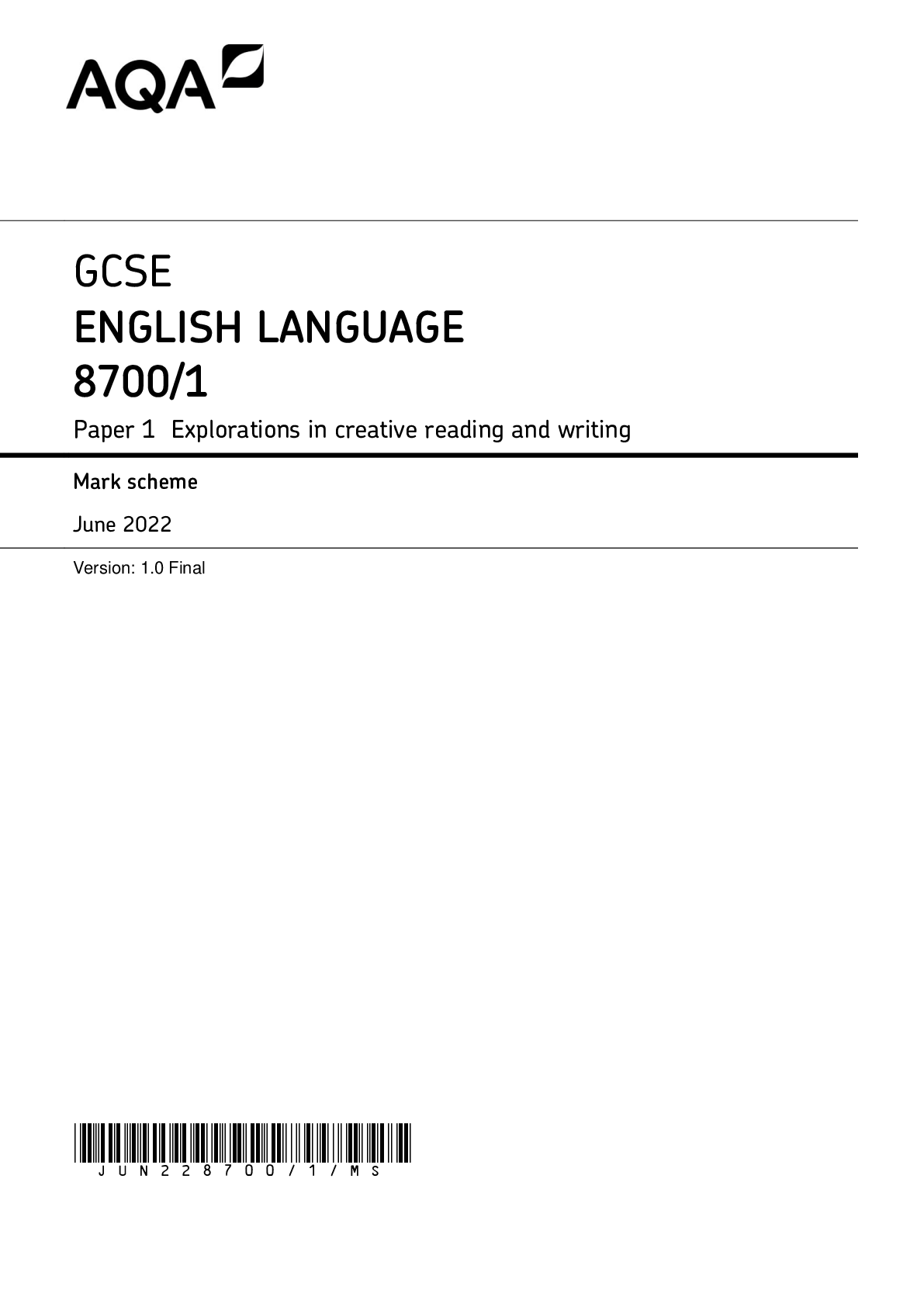
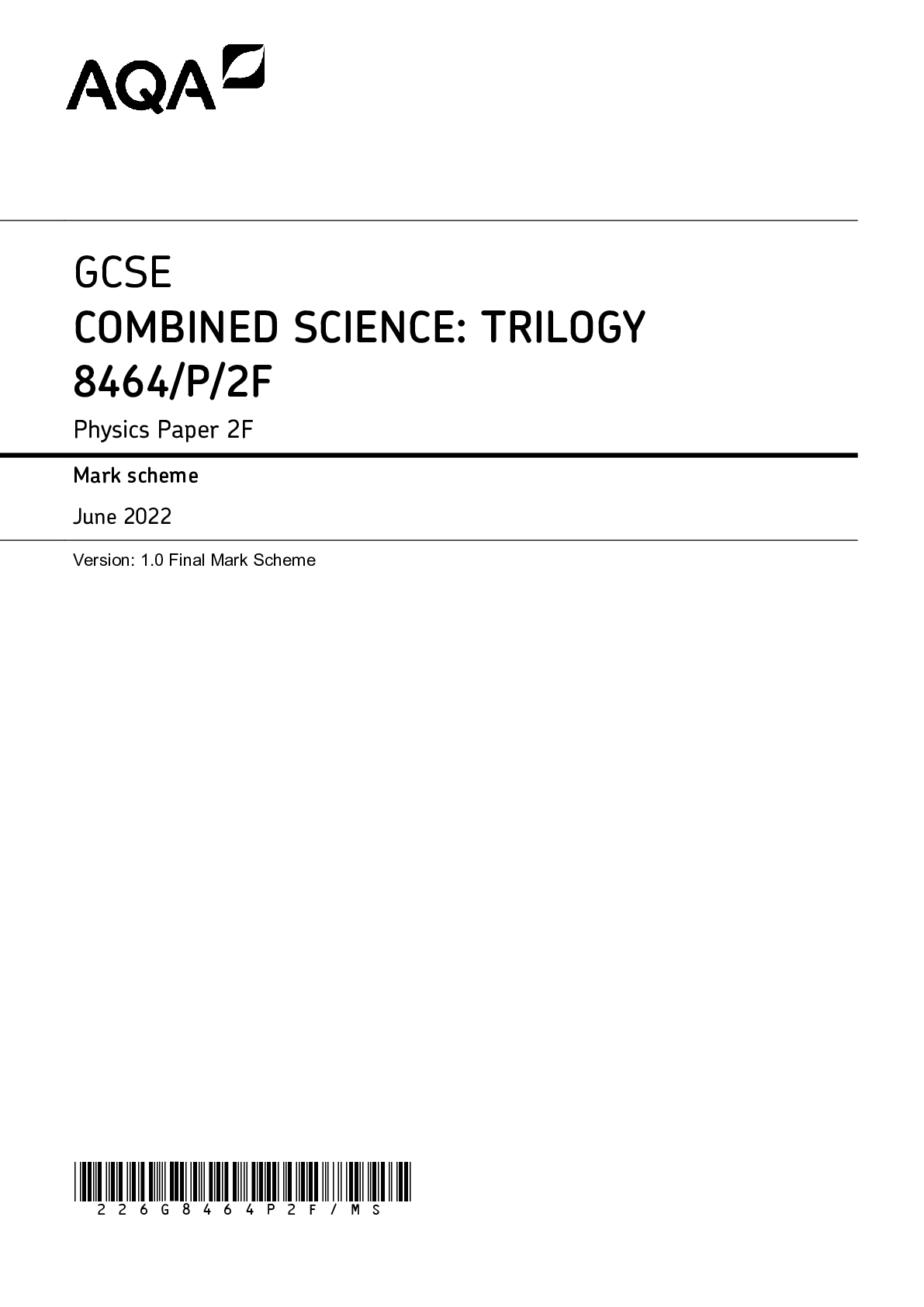
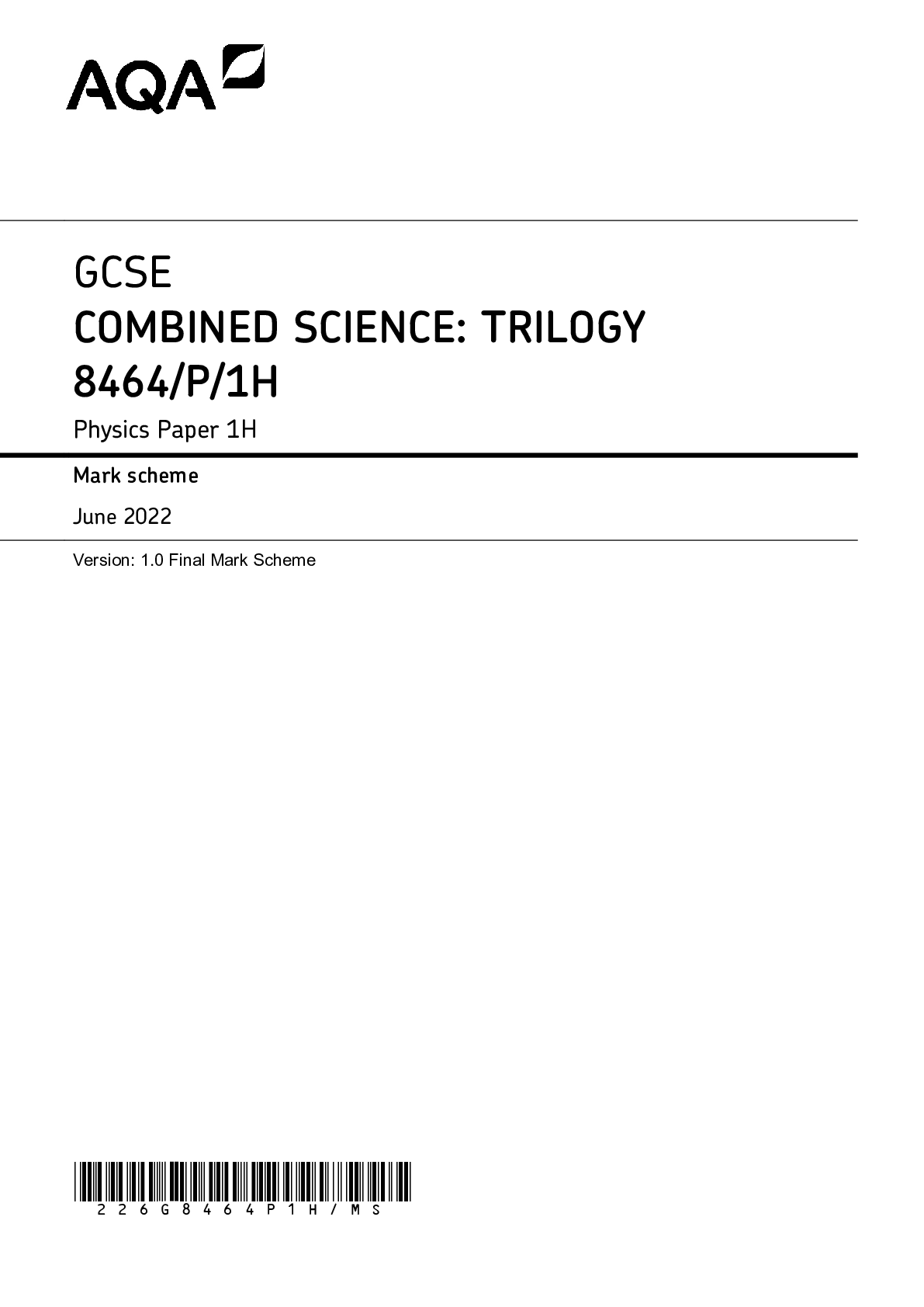
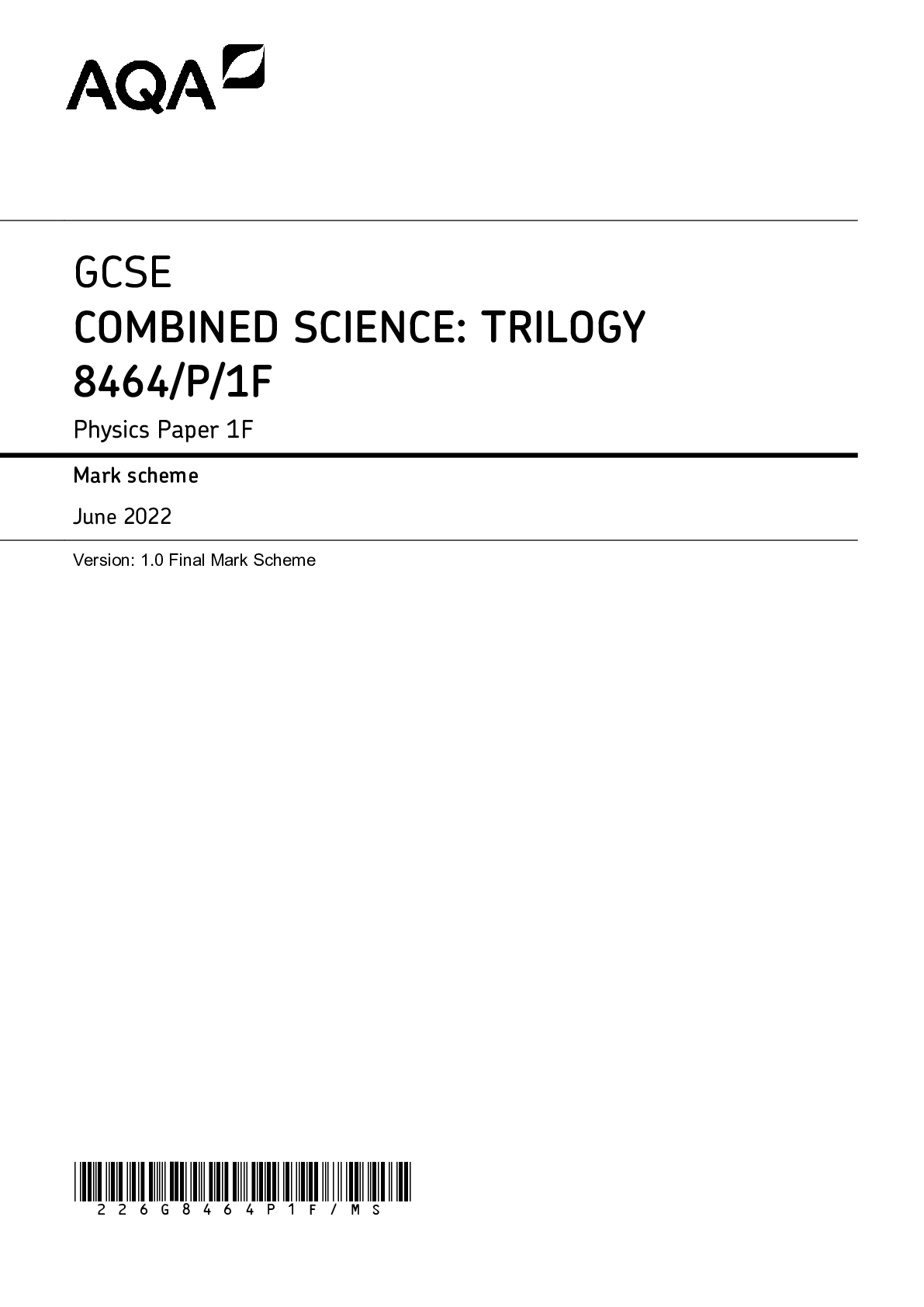
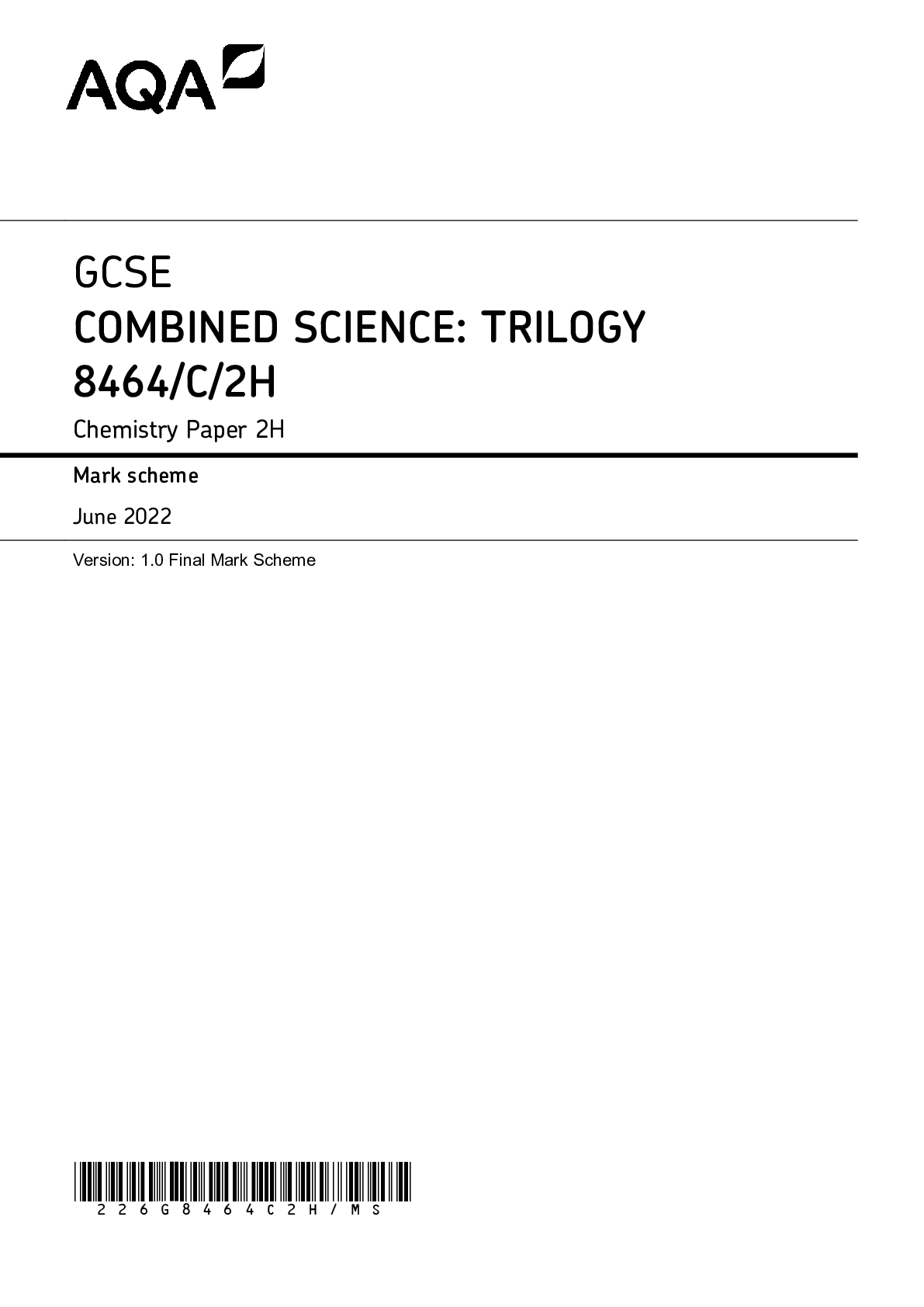



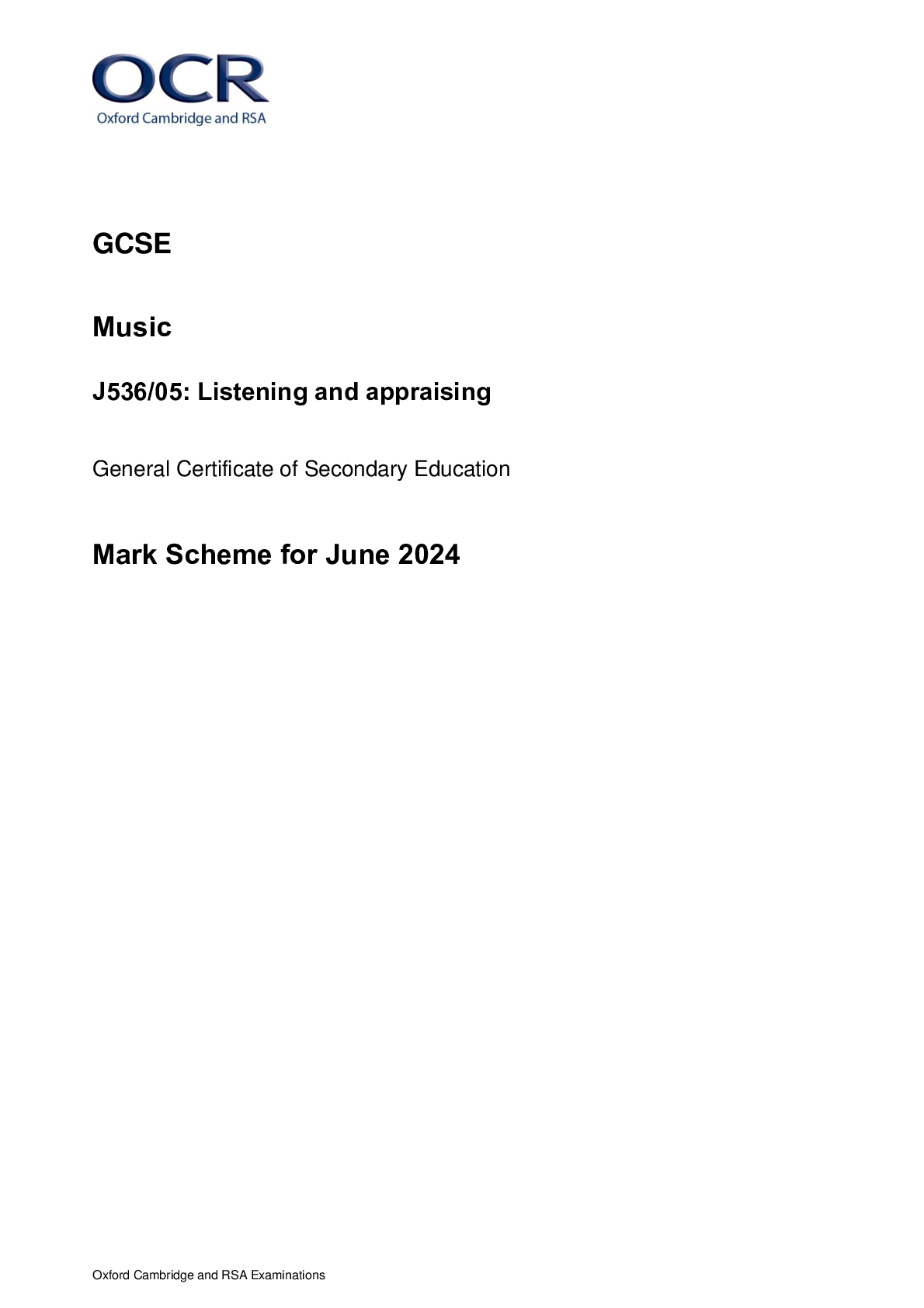

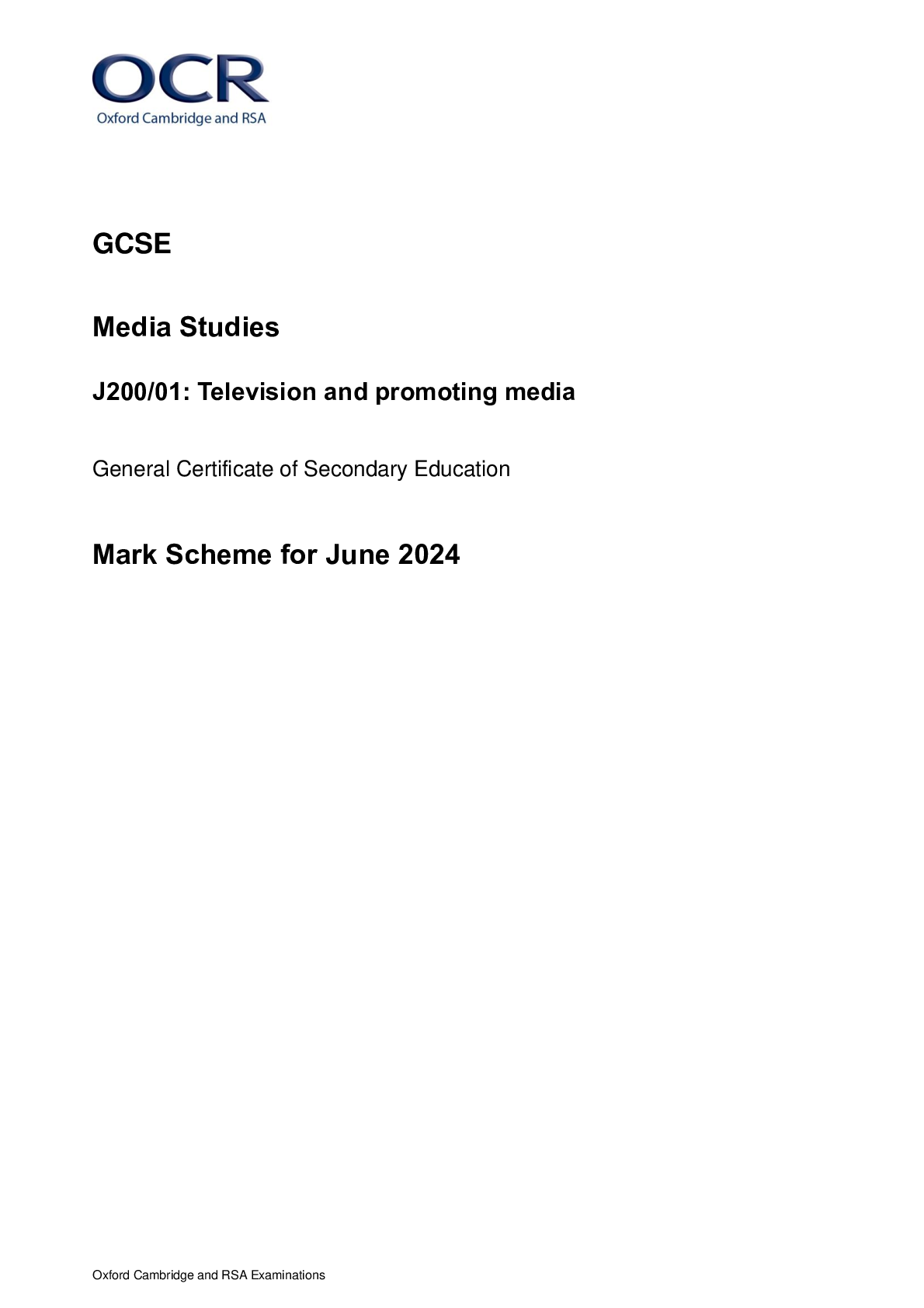
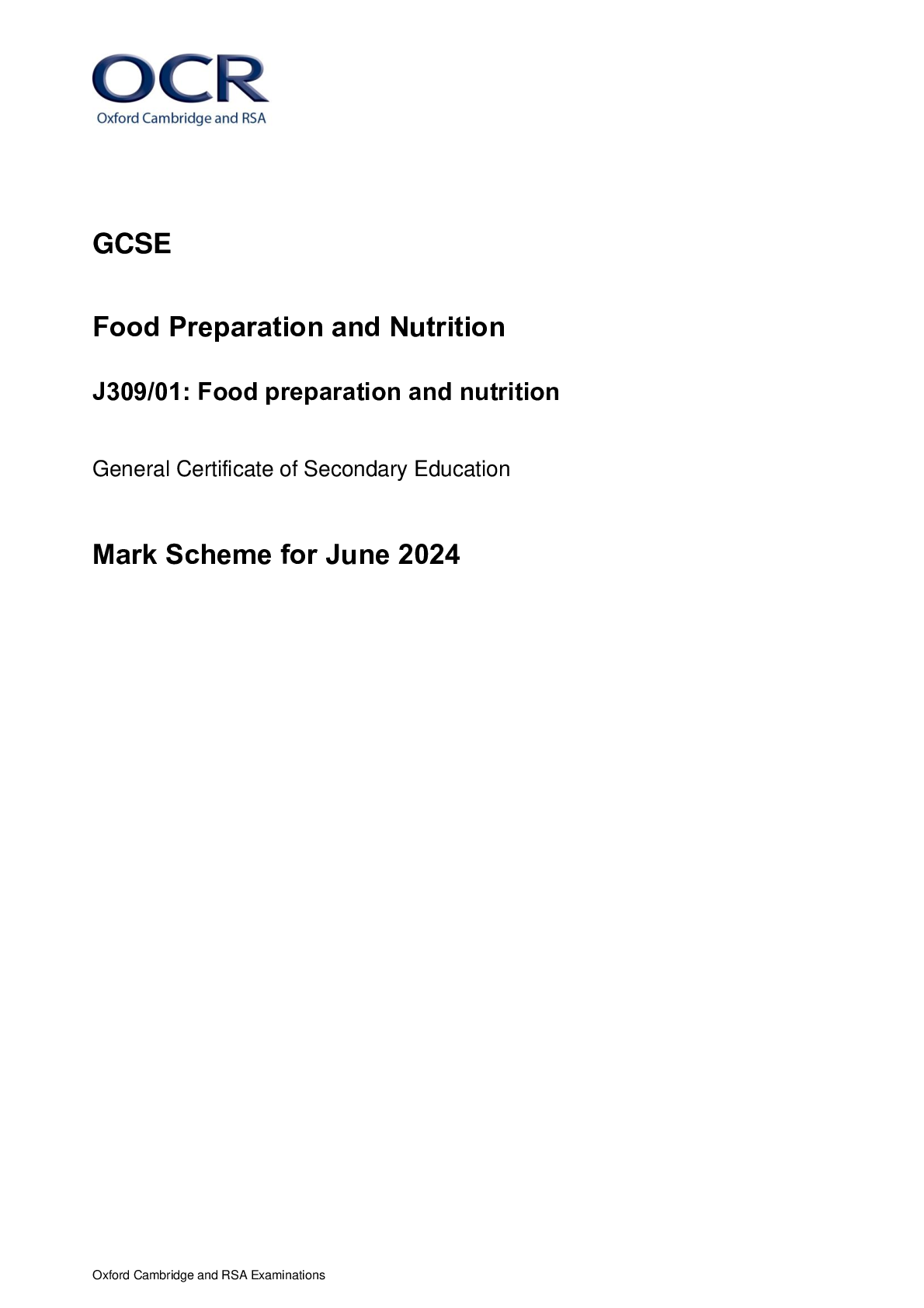
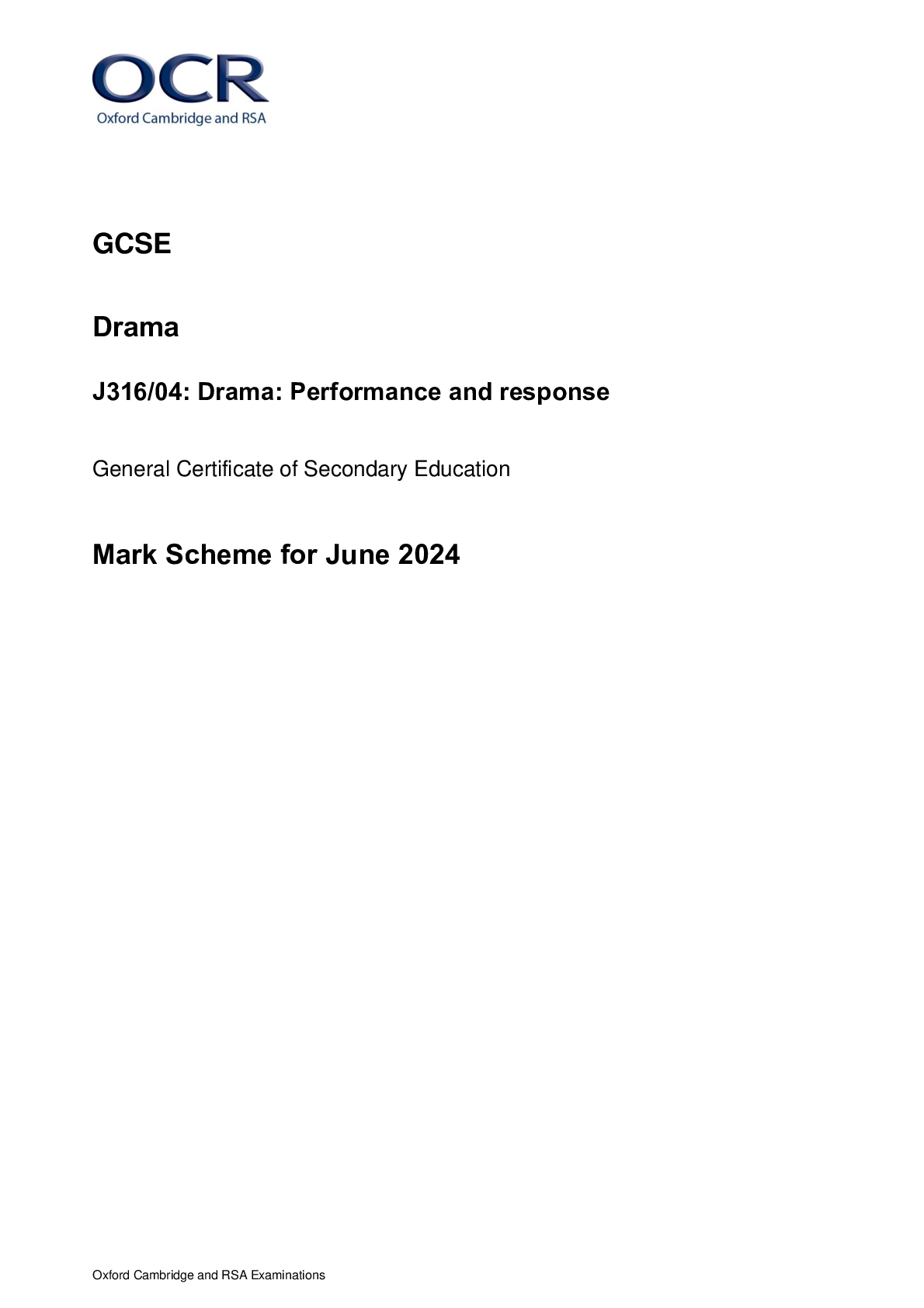
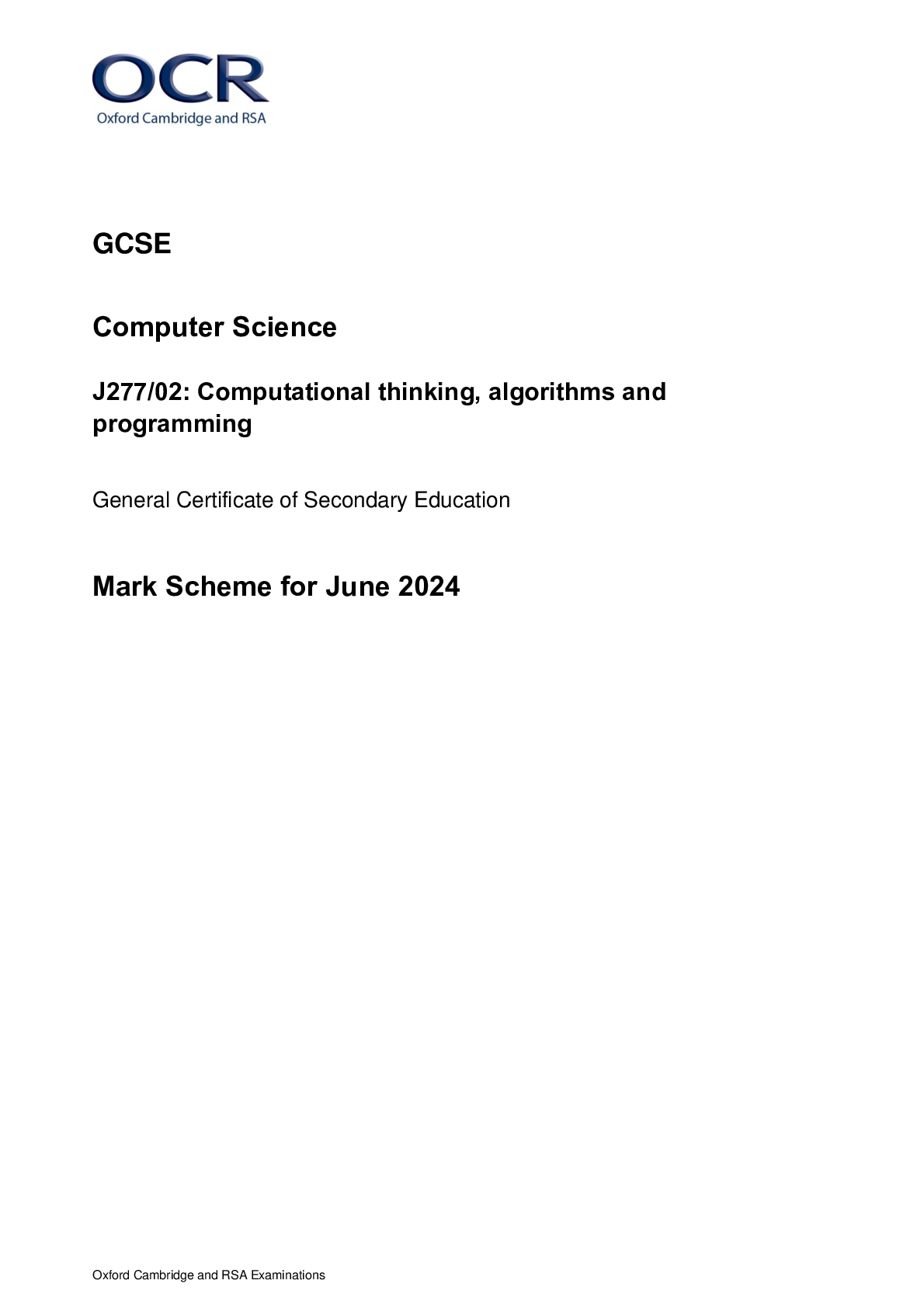
.png)

